Every parent wants their child to grow healthy, active, and full of energy, but that starts with getting the right mix of vitamins and minerals each day. In my experience, even small nutrient gaps can affect growth, focus, and immunity.
That’s why knowing the essential vitamins and nutrients for kids matters more than ever. From supporting brain development to building stronger bones, each nutrient plays a vital role.
Today, I’ll walk you through the most important vitamins and minerals for children, how to get them naturally from food, and when supplements might help fill the gaps.
Let’s start by looking at the key vitamins that support growth and immunity.
Essential Vitamins and Nutrients for Kids
Kids need a mix of vitamins and minerals every day to grow strong, stay active, and fight illness. Each nutrient plays a specific role in their development, and most can come naturally from balanced meals.
1. Vitamins That Support Growth and Immunity
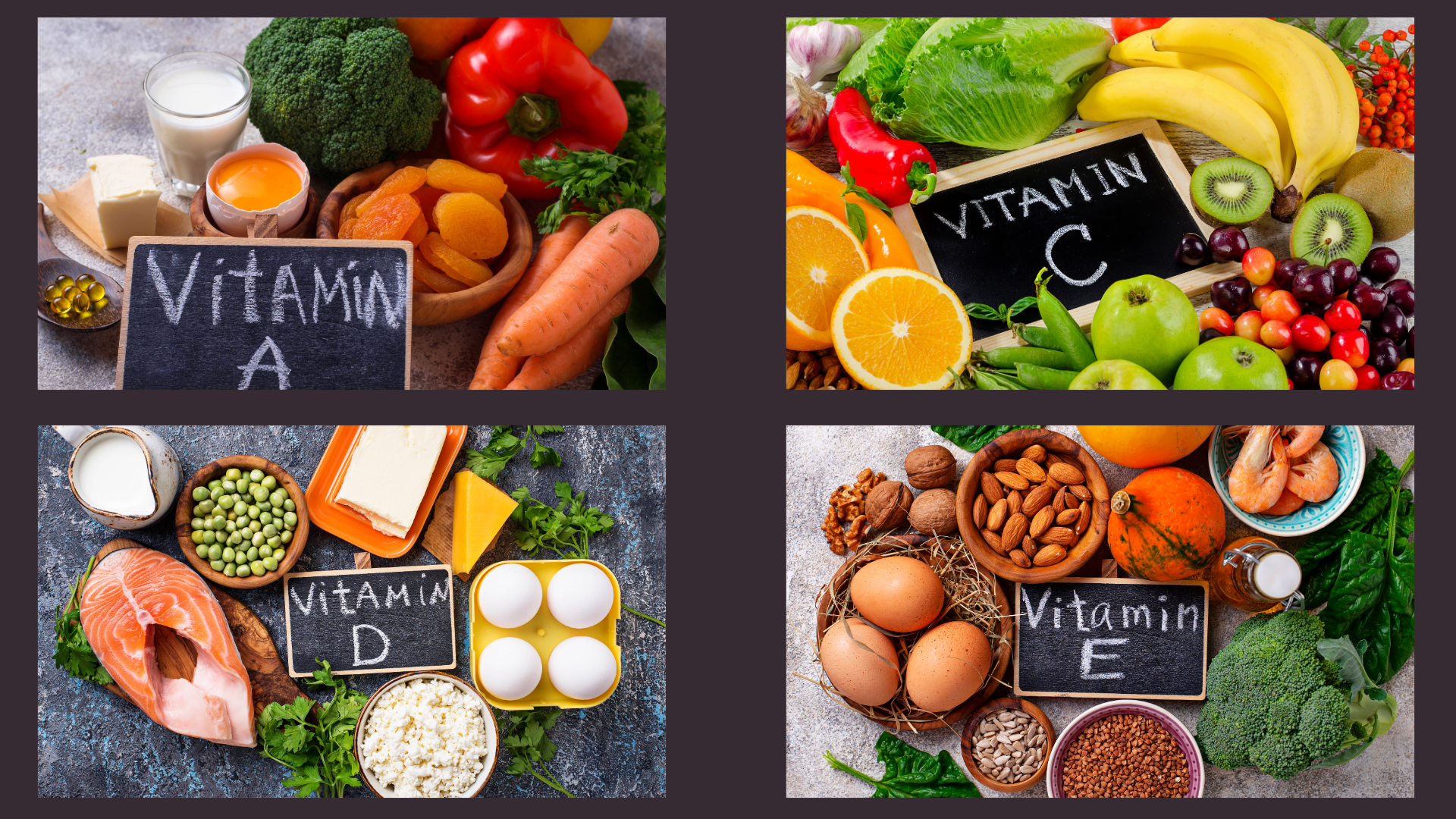
- Vitamin A: Helps maintain clear vision, supports immune defense, and promotes healthy skin and tissue growth. A lack of vitamin A can lead to dry skin, poor vision (especially at night), and a weaker immune system.
- Vitamin C: Builds strong immunity, supports healing, and keeps gums and skin healthy. Deficiency can cause tiredness, frequent colds, and slow wound healing.
- Vitamin D: Helps absorb calcium for strong bones and teeth while supporting muscles and immunity. Low levels can cause weak bones, poor growth, and rickets in young children.
- Vitamin E: Protects body cells and keeps skin and muscles healthy. Deficiency is rare but can cause muscle weakness, nerve issues, or vision problems
2. B Vitamins for Energy and Brain Function
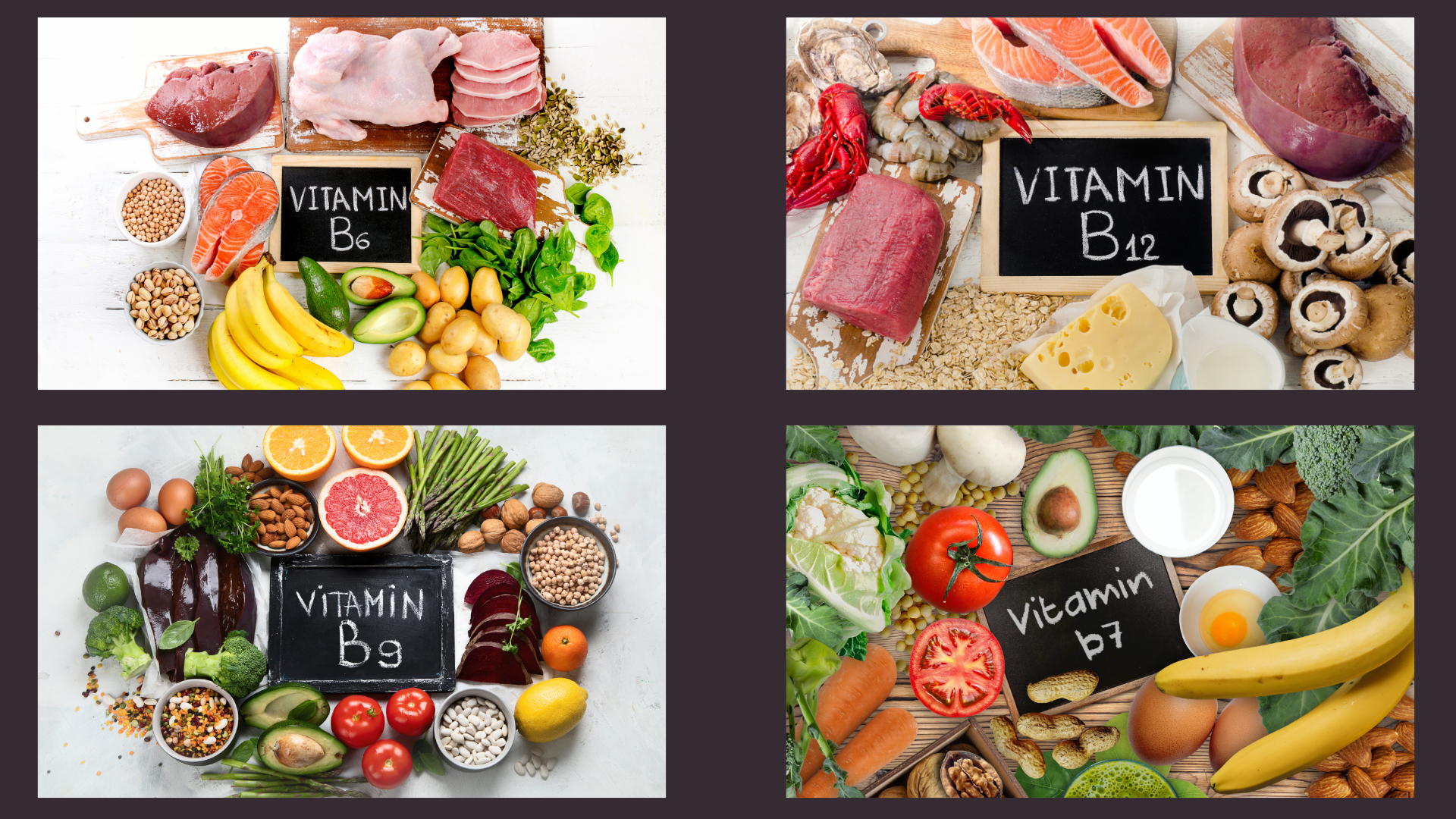
- Vitamin B6: Turns food into energy and supports brain development. Deficiency may cause irritability, fatigue, or weakened immunity.
- Vitamin B12: Keeps nerves healthy and helps produce red blood cells. A lack of it can lead to fatigue, pale skin, or poor focus.
- Folate (Vitamin B9): Aids cell growth and helps with focus and learning. Low levels can cause anemia, poor appetite, and slow growth.
- Biotin (Vitamin B7): Supports healthy hair, skin, and nails while aiding energy metabolism. Deficiency can lead to dry skin, brittle nails, and hair thinning.
3. Key Minerals Kids Often Miss
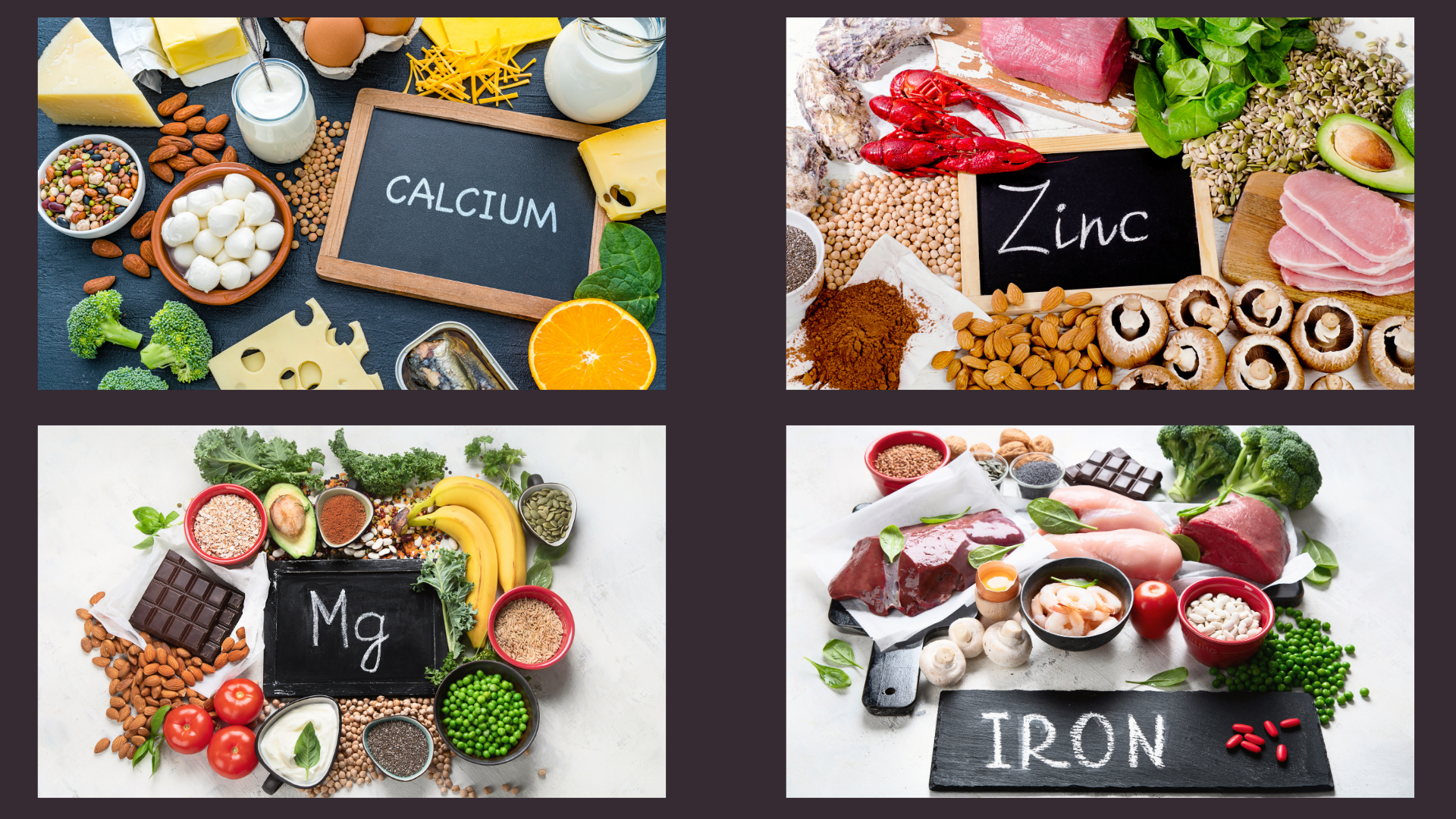
- Iron: Carries oxygen throughout the body and prevents fatigue. Low iron causes anemia, pale skin, and poor concentration.
- Calcium: Builds strong bones and teeth while supporting muscles and nerves. Deficiency can cause weak bones, cramps, or stunted growth.
- Magnesium: Helps muscles, nerves, and the heart work properly. A lack of it can cause muscle weakness, restlessness, or trouble sleeping.
- Zinc: Supports growth, healing, and immune strength. Deficiency can lead to frequent illness, poor appetite, and slow healing.
How to Help Your Child Get the Right Vitamins from Food
It’s easier than you think to help kids meet their daily nutrient needs through everyday meals and snacks.
Here’s a quick look at where those vitamins and minerals come from and roughly how much kids need each day:
| Nutrient | Natural Food Sources | Daily Nutritional Requirements* |
|---|---|---|
| Vitamin A | Carrots, sweet potatoes, eggs, fortified milk | 400–600 µg (depending on age) |
| Vitamin C | Oranges, strawberries, kiwi, bell peppers | 25–45 mg |
| Vitamin D | Fortified milk, fish, eggs, sunlight exposure | 10–15 µg (400–600 IU) |
| Vitamin E | Nuts, seeds, spinach, avocados | 7–11 mg |
| Vitamin B6 | Bananas, chicken, potatoes, chickpeas | 1–1.3 mg |
| Vitamin B12 | Meat, fish, eggs, dairy, fortified cereals | 1.2–2.4 µg |
| Folate (B9) | Beans, leafy greens, citrus fruits | 150–300 µg |
| Biotin (B7) | Eggs, nuts, seeds, whole grains | 20–25 µg |
| Iron | Red meat, lentils, spinach, fortified cereals | 7–10 mg |
| Calcium | Milk, cheese, yogurt, leafy greens | 700–1,300 mg |
| Magnesium | Nuts, seeds, whole grains, bananas | 130–240 mg |
| Zinc | Chicken, seafood, lentils, eggs | 3–8 mg |
Note: These are approximate values for children aged 1–12 years; always consult your pediatrician for exact recommendations.
Healthy Meal Ideas Packed with Essential Vitamins for Kids
Getting nutrients from real food is always the best option. Balanced meals don’t just fill stomachs; they build stronger bones, sharper minds, and better immunity.
Here are a few simple dishes that help kids get most of their daily vitamins and minerals naturally:
1. Veggie Omelet with Cheese and Spinach

Packed with vitamin A, D, B12, calcium, and iron, this quick breakfast boosts energy and focus. Eggs, cheese, and spinach make it both nutrient-rich and easy to love.
To make it: Whisk two eggs with a splash of milk, salt, and pepper. Pour into a warm pan, add chopped spinach, diced bell peppers, and shredded cheese. Cook until fluffy, then fold and serve warm with a slice of whole-grain toast.
2. Chicken and Vegetable Stir-Fry

Loaded with vitamin C, B6, magnesium, and zinc, this colorful dish supports muscle growth and immune strength. Bell peppers, broccoli, and carrots bring flavor and crunch.
To make it: Stir-fry bite-sized chicken pieces in olive oil until lightly browned. Add chopped veggies and a splash of low-sodium soy sauce or teriyaki. Cook for a few minutes until tender. Serve over brown rice or noodles for a filling, balanced meal.
3. Yogurt Parfait with Berries and Nuts
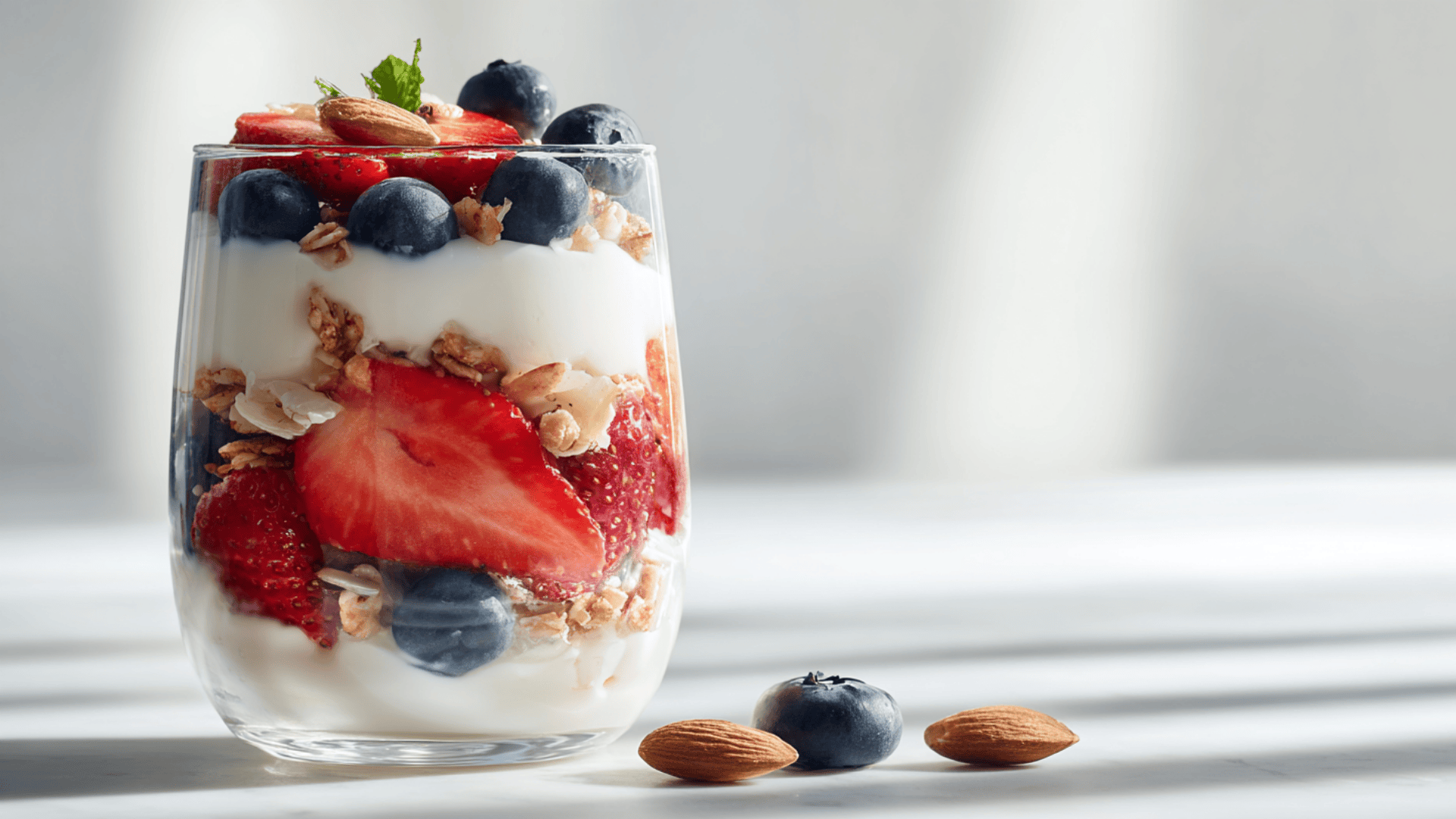
A simple snack or breakfast high in vitamin C, calcium, vitamin E, and biotin. The mix of yogurt, strawberries, and crushed almonds makes it creamy and satisfying.
To make it: Layer plain or vanilla yogurt with sliced berries and a sprinkle of granola or chopped nuts. For extra sweetness, drizzle a little honey on top. Serve chilled for a quick, nutrient-packed start to the day.
4. Lentil Soup with Carrots and Sweet Potatoes

Rich in iron, folate (B9), vitamin A, and magnesium, this warm soup helps build red blood cells and supports eye health.
To make it: Sauté onions and garlic in olive oil, then add diced carrots, sweet potatoes, and red lentils. Pour in vegetable broth and simmer until soft. Blend lightly or keep chunky, season with salt and pepper, and serve with whole-grain bread.
5. Salmon Rice Bowl with Avocado and Steamed Veggies
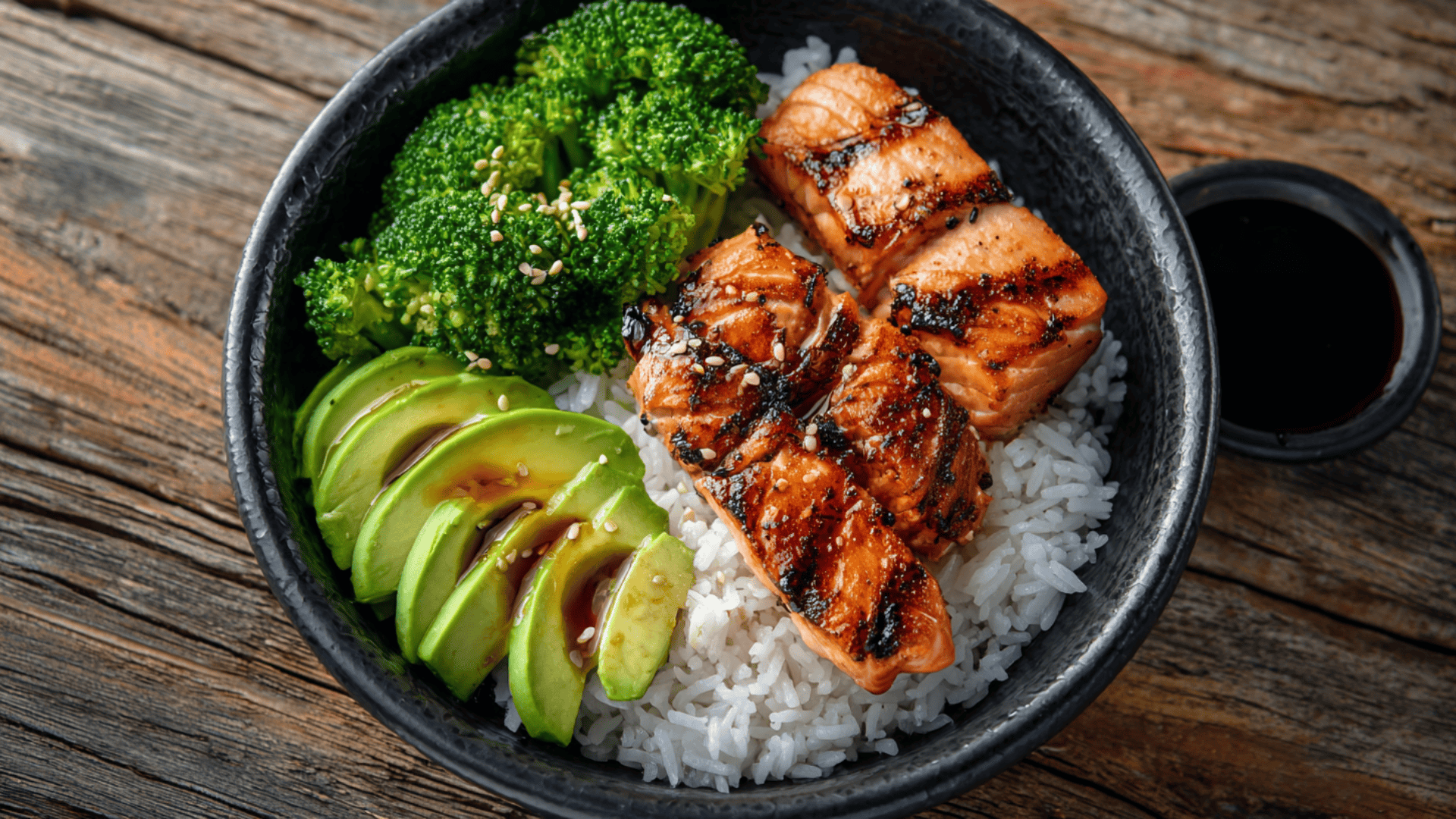
Delivers vitamin D, B12, omega-3s, and zinc for strong bones and healthy brain development. The mix of salmon, rice, and avocado keeps it satisfying and wholesome.
To make it: Bake or grill salmon with a drizzle of olive oil and lemon juice. Serve it over warm rice, topped with sliced avocado and lightly steamed broccoli or peas. Add a dash of soy sauce for extra flavor.
When a Deficiency Might Mean Your Child Needs a Supplement
Even with balanced meals, some kids still miss out on key nutrients. I’ve seen this happen often with picky eaters, children on restricted diets, or kids who don’t get much sunlight.
In those cases, supplements can help fill small nutritional gaps, but only when truly needed. Common signs of a deficiency include:
- Low energy or constant tiredness
- Pale skin or brittle nails
- Frequent colds or slow recovery from illness
- Poor appetite or slow growth
These symptoms may point to low levels of iron, vitamin D, zinc, or other essential vitamins.
If you notice any of them, don’t rush to the supplement aisle just yet. Talk to your child’s pediatrician first; they can run simple tests, identify what’s missing, and recommend safe, age-appropriate supplements if necessary.
Getting the right nutrients should never feel like guesswork, and a doctor’s guidance ensures your child gets exactly what they need. Nothing more, nothing less.
Best Supplements for Kids: How to Choose Safely
If your child’s diet still leaves small gaps, supplements can help, but choosing the right one matters. Here’s how to do it safely and smartly:
1. When Supplements Are Actually Helpful
Most kids can meet their nutrient needs through food, but some situations make supplements useful. They can help fill small gaps, not replace balanced meals.
Supplements may be helpful if your child:
- Is a picky eater who avoids many food groups
- Follows a vegan or dairy-free diet
- Has a lab-confirmed deficiency (like low vitamin D, iron, or B12)
- Is recovering from illness or going through a growth spurt
- Has a low appetite or food allergies that limit variety
Here’s a quick look at when to try foods first and when a supplement might make sense:
| Nutrient | Try These Foods First | Supplement If… |
|---|---|---|
| Vitamin D | Fortified milk, eggs, safe sunlight | Child gets little sun or doesn’t drink milk |
| Iron | Meat, beans, spinach, fortified cereals | Child is pale, tired, or tested low |
| Vitamin B12 | Eggs, fish, dairy, fortified cereals | Child eats a vegan or low-animal-protein diet |
| Zinc | Chicken, lentils, nuts, seeds | Child catches colds often or has poor appetite |
Tip: Always confirm low levels with your pediatrician before starting any supplement. A simple blood test can help identify what your child truly needs.
2. What to Look for in a Kids’ Multivitamin
- Age-appropriate formula: Choose one made for your child’s age group: 1–3, 4–8, 9–13, or 14+. Nutrient needs change as kids grow.
- 100% or less of daily needs: Stick to vitamins that meet but don’t exceed daily requirements. Avoid mega-doses that can do more harm than good.
- Low or no added sugar: Aim for less than 2 grams per serving to protect teeth and avoid unnecessary calories.
- Third-party tested: Pick brands certified by USP, NSF, or ConsumerLab. These labels show that the product’s quality and accuracy have been verified.
- No artificial colors, flavors, or preservatives: Choose clean formulas to reduce exposure to unnecessary additives.
- Easy to take: Match the form to your child’s preference and age; chewables, gummies, or liquids can all work if taken safely.
- Iron only if prescribed: Iron is essential, but easy to overdo. Give it only if your doctor recommends it.
Pro Tip: Always check the serving size; some labels list two gummies as one dose. It’s an easy detail to miss.
3. Best Forms of Kids’ Vitamins
| Form | Best For | Pros | Watch Out For |
|---|---|---|---|
| Gummies | Picky eaters who resist pills | Taste good, easy to take | May contain added sugar; sticky for teeth |
| Chewables | Ages 4–8 | Easier than pills, clear dosing | Texture may be chalky; must be chewed thoroughly |
| Liquids | Toddlers & young children | Easy to swallow, adjustable dose | Needs proper storage; may have added flavors |
| Tablets/Capsules | Older kids (9+) | Portable and often sugar-free | Requires ability to swallow; more like adult form |
When choosing, match the form to your child’s age, taste preferences, and ability to manage the dose.
4. Best Kids’ Vitamins Parents in the U.S. Trust Most
| Brand | Best For | Highlights |
|---|---|---|
| Hiya Kids Daily Multivitamin | Parents who want a clean, no-sugar choice | Contains 15+ essential vitamins and minerals, zero added sugar, great for picky eaters. |
| SmartyPants Kids Multivitamin & Omegas | Kids who like gummies and flavor | Includes vitamins + omega-3s, third-party tested, good for kids who resist pills. |
| Mary Ruth’s Kids Multivitamin (Liquid / Vegan) | Vegan families or kids who prefer liquid form | USDA Organic, non-GMO, vegan-friendly, easy to mix into a drink. |
| Renzo’s Picky Eaters Multivitamin | Families focused on sugar-free options |
Sugar-free meltable tablets, designed for kids with picky tastes or special diets. |
5. Red Flags to Avoid
Not all kids’ vitamins are created equal. Some look healthy on the label but hide ingredients or doses that aren’t ideal for children. Here’s what to watch for:
- More than 100% of the daily value: Extra vitamins don’t boost health faster. Too much of A, D, E, or K can build up and cause side effects.
- “Proprietary blends” without clear amounts: Avoid vague formulas that don’t list exact nutrient levels. Transparency matters.
- Added caffeine, herbs, or stimulants: These ingredients aren’t meant for children and can cause restlessness or upset stomachs.
- Too many sweeteners or synthetic dyes: Added sugars, dyes, or artificial flavors offer no benefit and may irritate sensitive kids.
- No third-party or pediatrician endorsement: Look for testing seals like USP or NSF, or choose brands recommended by your child’s doctor.
Quick tip: A good multivitamin keeps things simple. The fewer additives and marketing claims, the better.
6. When to Recheck Needs
- Every 6–12 months during checkups: Ask your pediatrician if your child still needs the same vitamins or if it’s time to adjust.
- After major growth spurts or diet changes: Growth, new eating habits, or food restrictions can shift nutrient balance.
- If symptoms return: Fatigue, poor appetite, or brittle nails may signal low levels again and mean it’s time for a recheck.
Kids’ nutrient needs change fast as they grow, so it’s smart to review their supplement routine now and then.
Vitamin Safety and Dosage Tips for Kids
Use vitamins only as needed and in the right amounts. Follow the label. Fat-soluble vitamins like A, D, E, and K can build up and cause harm if taken in excess.
Talk to your pediatrician before starting or changing any supplement. Kids’ needs vary with age, diet, and health. Watch for signs of overdose such as stomach pain, nausea, or fatigue, and stop if they appear.
Keep vitamins in a cool, dry place and out of reach. Gummies and chewables taste like candy, so store them securely to prevent accidental overuse.
Supplements are meant to fill small gaps in nutrition, not replace real food.
Conclusion
Finding the best vitamins for kids isn’t about choosing the flashiest bottle; it’s about understanding what your child truly needs.
In my experience, balanced meals, colorful snacks, and mindful variety can cover most nutrients naturally. Supplements should only fill small gaps, not replace real food or healthy habits.
I’ve always believed the best nutrition starts in the kitchen, not the supplement aisle. Whole foods give kids vitamins, minerals, and fiber that gummies just can’t replace. Simple meals like yogurt bowls, veggie wraps, or lentil soups can cover most needs naturally.
If you’re unsure what your child might be missing, talk to your pediatrician today and build a plan that fits your child’s growth and lifestyle.










